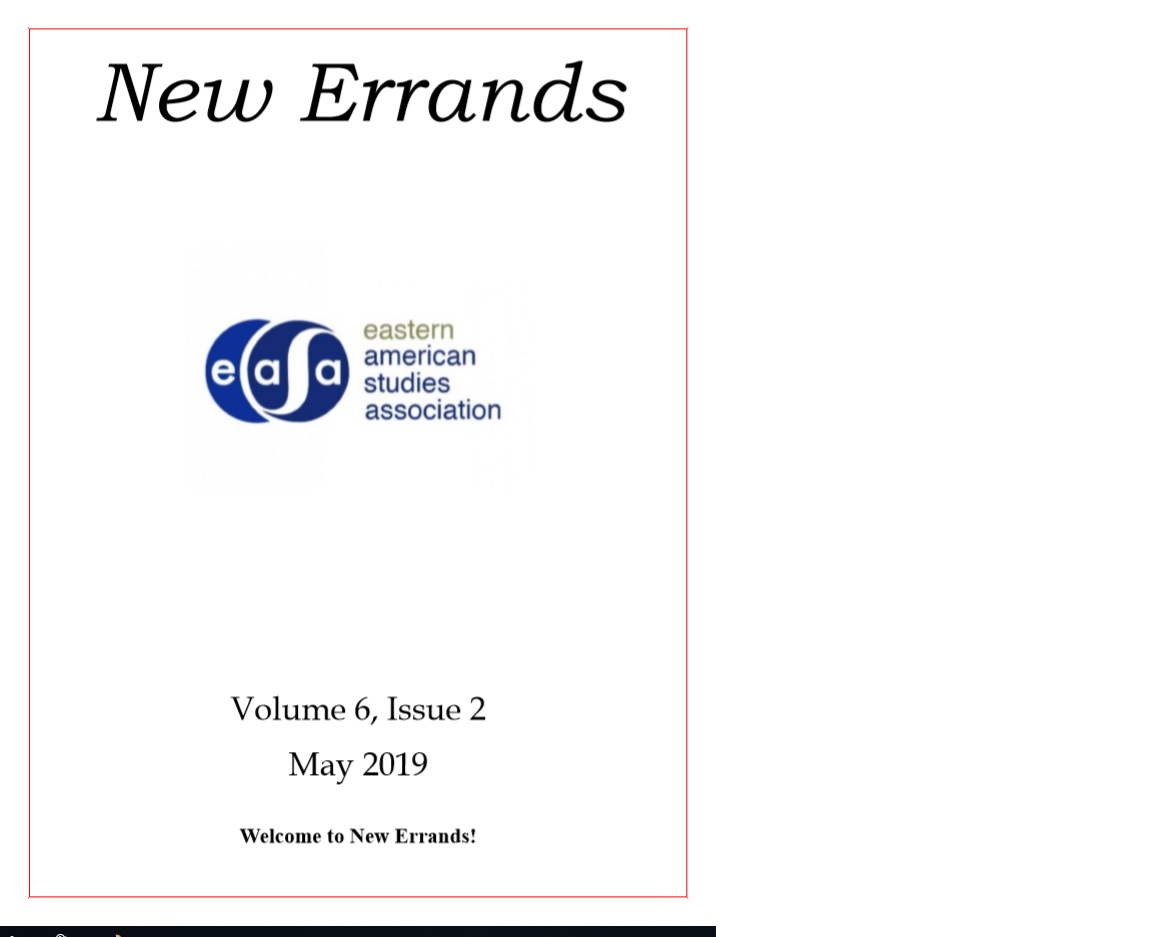Remarks on Craftsman of the Cumberlands: Tradition and Creativity
DOI:
https://doi.org/10.18113/P8ne6261226Abstract
The following essay addresses the several questions relating the Chester Cornett and other craftsmen operating in southeastern Kentucky during the 1960s, the subject of Michael Owen Jones's Craftsman of the Cumberlands: Tradition and Creativity. The first pertains to how Chester Cornett generated the designs of his chairs, referencing his innovative design process and his grounding in historical designs and processes. The second brings into question Chester Cornett's financial, aesthetic and emotional motivations for chairmaking and compares and contrasts his motivations with those of fellow chairmaker, Verge. The third speaks to what Chester's work in chair-making reveals about humanity from an aesthetic viewpoint, expanding the notion of folk art beyond something that is "old-fashioned" and towards something we can understand as innovative, creative and artistic. It also opens the relation between "art" and "usefulness." The last deliberates on which of Chester's works are best-suited to exhibition in an art museum, based on aesthetic, historical, and psychological reasoning.

